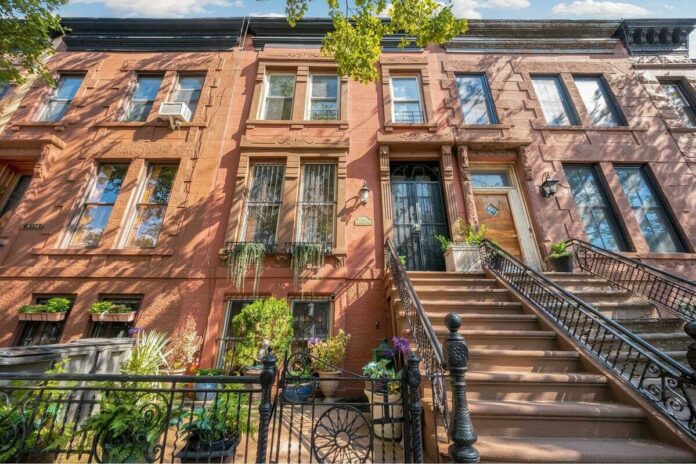Come On Home To Bed-Stuy
The streets that make up Bed-Stuy, a celebrated neighborhood in North Brooklyn, are lined with historic brownstones and brick-front housing dating back to before World War I. Composed of four smaller neighborhoods, Bedford, Stuyvesant Heights, Ocean Hill, and Weeksville (or Crown Heights), the area is an epicenter for Black and African American culture in Brooklyn, even with recent shifts in demographics and living expenses thanks to gentrification. An organization with deep roots in the community is fighting to preserve these historically Black neighborhoods and homes, fighting fiercely for the survival of the community; the Brownstoners of Bedford-Stuyvesant.
With the original goal of helping to revitalize the Bed-Stuy community through building a strong base of Black home-owners in the area, the Brownstoners, a “hands-on organization,” has been deeply involved in the community since the late 70s, with programs that focus on education, economic development, housing, and community activism.
This year, with their 44th Annual Bed-Stuy House Tour Scholarship Fundraiser, “Preserving Our Legacy, While Embracing Our Future,” the organization offers a chance to tour six historic homes in the Bed-Stuyvesant neighborhood: all with the goal of sparking renewed pride in the homeownership within the community and encourage those who have relocated from the neighborhood a chance to “come on home to Bed-Stuy.” Take a peek below at last year’s featured homes.
A Short History of Bedford-Stuyvesant
Bedford-Stuyvesant’s is a conglomeration of names from two middle-class communities from 19th-century Brooklyn. To the west, there was Bedford, and to the east, there was Stuyvesant Heights. Shortly after the abolition of slavery in New York State in 1827 (about 35 years before Lincoln signed the Emancipation Proclamation), free Blacks settled in the area then known as Weeksville, becoming a prominent and bustling community. The elevated railway in 1885 and the Brooklyn bridge in 1883 linked the area and Manhattan, causing a surge in population and the construction of the now iconic brownstones.
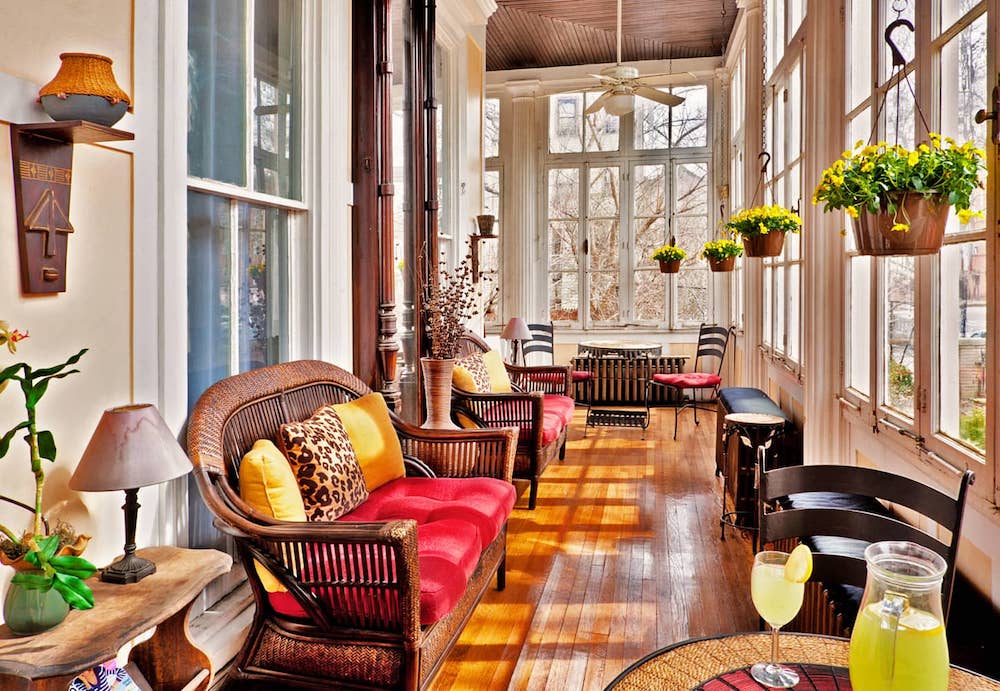
These brownstones attracted residents of all types, mostly middle and upper-class immigrants such as Italians, Eastern European Jews, and Blacks from the south and the Caribbean who moved there en masse In the 1920s and 30s. This initial gentrification of the neighborhood cemented the area as predominantly Black and African-American versus the makeup of the Germans and other Europeans who are credited with building much of the neighborhood in the 19th century. Now, generations of African-Americans have called Bed-Stuy home, creating a diverse and flourishing community that largely remains to this day.
The Mission of the Brownstoners of Bedford-Stuyvesant
In the 1970s and 80s, the term urban renewal was all the rage, and to many, it was simply a veiled synonym for demolition, displacement, and uprooting. Young people and families were fleeing Bed-Stuy in alarming numbers due to any number of reasons; among them were unresponsive public services, crime, and drug use, banking institutions’ racist practice of redlining, and large amounts of focused negative media coverage of the neighborhood depicting it as blighted and unsafe. This migration was a sort of localized brain drain that endangered the burgeoning Black community, and homes and buildings left behind had, in many cases, been owned by first-generation African-Americans from the South and the Caribbean, formerly enslaved people who acquired the homes, often through much difficulty. The Brownstoners made it their mission to renew the pride of Bed-Stuy inhabitants, revitalizing a community that, like many Black communities of the time, was under attack from a variety of sources, including the U.S. Government.
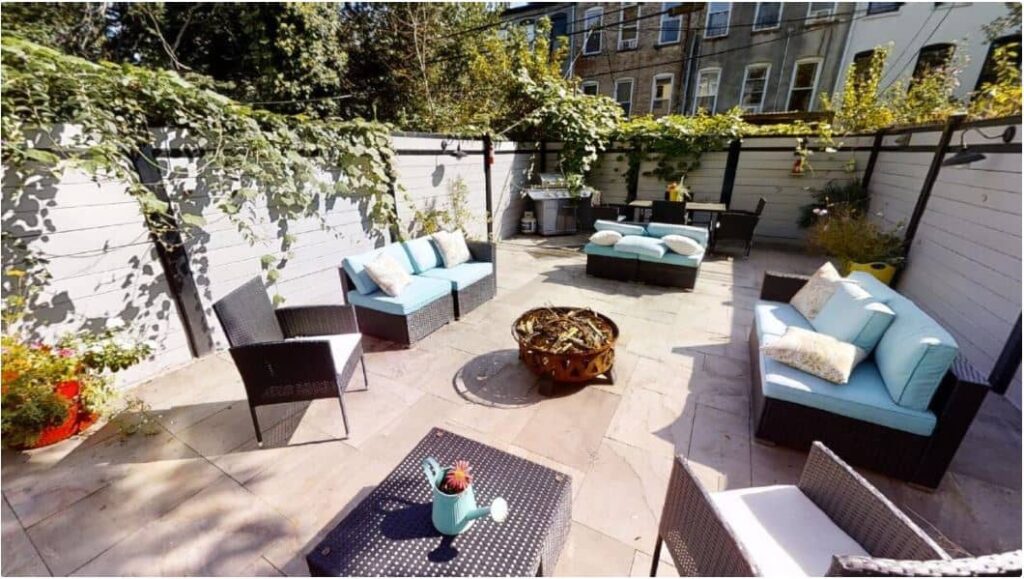
In 1978, a small group of friends and neighbors in Bed-Stuy decided to form an organization to make contributions to their community. Founding members included George Glee, Jr., Bernard McDonald, Reginald Shell, Brenda Fryson, Gloria Green, and Clarence Jones. They organized the Brownstoners as a civic organization hoping to gather other activists who were willing to “roll up their sleeves, become a part of a vibrant network of residents” and fight for the survival of the Bed-Stuy community. Their first major initiative, a now-annual housing tour, helped to reshape the neighborhood in the eyes of the media and, more importantly, its residents, encouraging those who had left to “Come on Home to Bed-Stuy”
Preserving Our Legacy, While Embracing Our Future
The Brownstoners of Bed-Stuy haven’t stopped their work since the 80s and have continued to produce projects that focus on education, economic development, housing, and community activism. Urban Renewal and Gentrification still very much threaten the makeup of these historic neighborhoods, as another shift is underway.
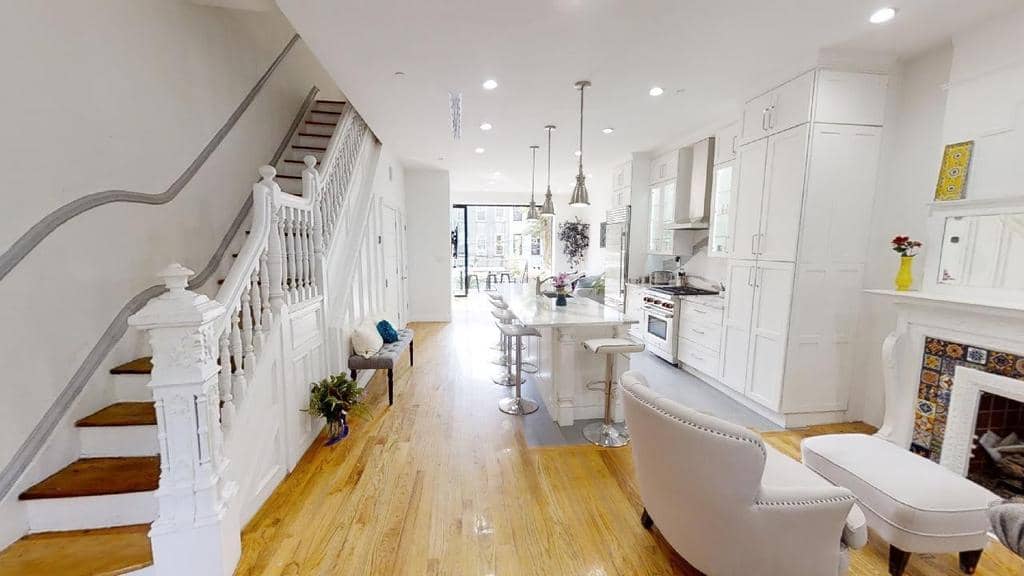
According to the NYTimes, the number of white residents in Bed-Stuy grew from 2.4 percent to 15 percent from 2000 to 2010, while the number of Black residents shrank from 75 to 60 percent. The western half of the neighborhood has undergone a more dramatic change, where the percentage of white residents to Black residents sits at 25% and 49%, respectively. Investors have made their way into the neighborhood, renovating and flipping historic townhouses, creating apartments to rent at sometimes exorbitant prices. According to RentHop, the current median listing price in Bed-Stuy is $3,200 a month.
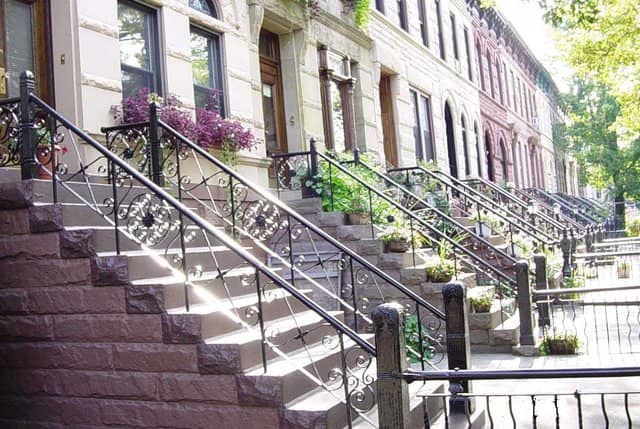
The Brownstoners’ 44th Annual tour is hosted by Monique Greenwood, a Brownstoner as well as Owner and Innkeeper of Awkwaaba Bed & Breakfast Inns, and features six remarkable turn-of-the-century homes with redesigned interiors that each retains their original charm.
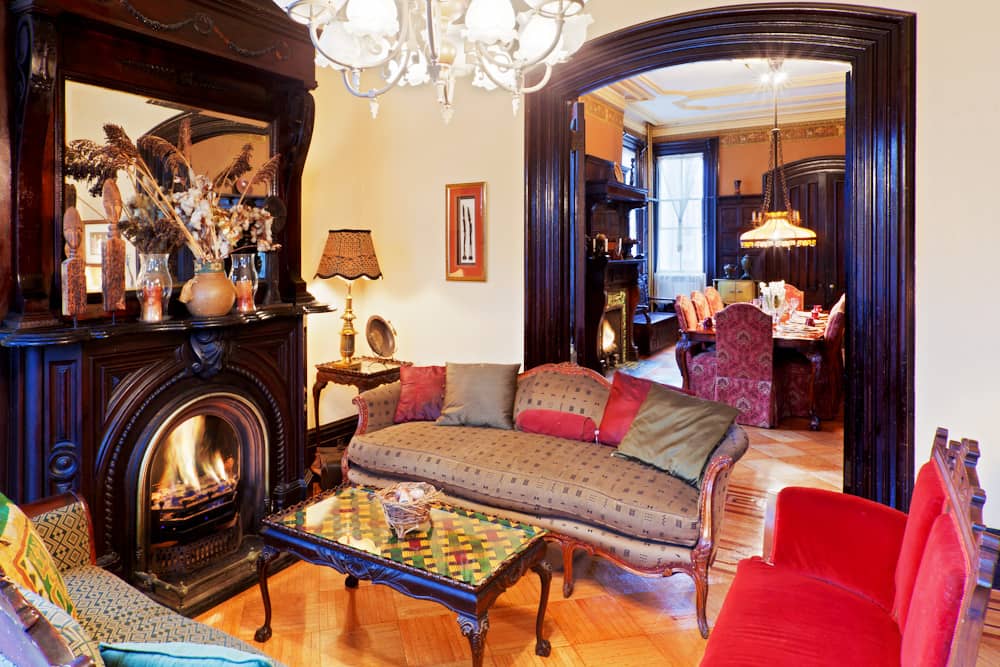
The tour is designed to continue the Brownstoners’ legacy of sparking community pride and encouraging more prodigal descendants to return to the neighborhood and fuel its ever-brightening future. Proceeds from this year’s house tour will go toward the Bernard McDonald/George Glee Jr. Memorial Scholarship Fund, helping college-bound students from the Boys & Girls High School and the Brooklyn Academy High School.
The Brownstoners House Tour will be available to all ticket holders for viewing at their leisure over a six-week period as the event is virtual this year. The tour starts on Saturday, October 15th, at 10:00 AM and closes on Sunday, November 27th, at 11:30 PM. Tickets are available here. More information can be found on Facebook, Instagram, or the Brownstoner’s website.
While a tour of the current homes will be made available soon, enthusiasts can start exploring the journey of the renovation process of one of this year’s featured homes.
Josiah Thomas Turner is writer and musician based out of Washington Heights, New York. Turner received his undergraduate degree in Drama from the University of Wisconsin - Stevens Point before earning an M.F.A. in Playwriting from The University of Texas at Austin. Born and raised in Milwaukee, Wisconsin, Turner trained as a multi-instrumentalist from a young age and spent much of his early years creating and performing music. Josiah’s current interest include animation, video-games and French-Canadian prog-rock.


